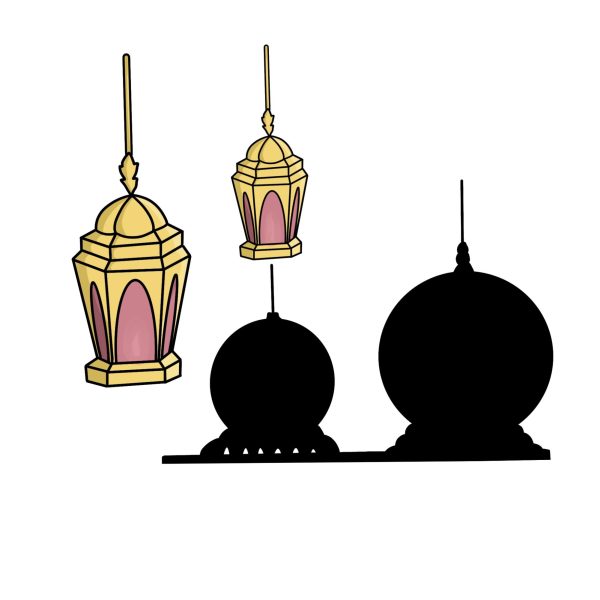Cinema Chats: A Column
October 19, 2020
With Halloween just around the corner, scary movie season is reaching its peak. While movies such as Friday the Thirteenth and The Texas Chainsaw Massacre capture the blood and gore that scream Halloween, that is essentially all that they are. The viewer walks away from the movie having seen disturbing images, but nothing is felt other than suspense, fear, and discomfort. To truly meet the criterion of “horror,” gore must be used as a mechanism to enhance an otherwise structurally sound storyline, where the sole intent of the carnage is not just to make the audience queasy. Brain De Palma’s Carrie demonstrates this adept use of discomfort to tell a story that both transcends and perfectly exemplifies the genre of horror.
Although Carrie establishes the more disturbing aspects of the story in the beginning, the first and second acts feel more like a coming of age movie than a horror flick. The audience never forgets the supernatural power that Carrie wields, or the incredibly dark home life she endures, but, unlike many horror movies, Carrie demonstrates superb pace that is reflected in the storyline and its accompanying brutality. Although the audience is aware of Carrie’s gruesome powers, the story chooses to focus on her life as a high school student, and the more social aspects of Carrie’s unfortunate life. This time focused on the story and characters, rather than the visual grotesqueries of most scary movies, makes the film more accessible as a movie instead of a compilation of gore. The softer aspects of the plot keep the film from becoming overwhelming, and provide a sense of substance to the movie.
Just because Carrie incorporates aspects of other genres does not make it any less of a horror movie. In fact, the tender and somewhat low-risk narrative established in the first and second acts makes the downhill spiral of the third act that much more terrifying and devastating. It is precisely that — the spiraling — that makes Carrie so unique. For the final 30 minutes of the movie, the audience is forced to witness Carrie White’s world come crashing down around her after nearly an hour of hopefulness. The established coming-of-age narrative pays off: the emotional investment fostered by the near innocence of the beginning is pinned against the audience in the emotional and visual carnage at the end.
The horror of Carrie doesn’t just serve as a devastating juxtaposition to the almost naive counterpart. Perhaps the most important aspect of Carrie that senseless horror movies miss is the significance of the violence. The story and the visuals are scary and morbid for a reason: to reflect Carrie’s detestation of her cruel peers, to demonstrate her challenges with her mother and religion, to serve as both a force of both revenge and injustice, or even to evoke a feeling of pity or sympathy from the audience. The violence is implemented to make the audience feel something other than simple discomfort.
Ultimately, what Carrie shows is the potential for dimensionality that horror movies wield. A piece of media can be nauseating and discomforting based on visual gore alone, but without real substance in the story itself or the intention behind the horror, there is no true fear.








